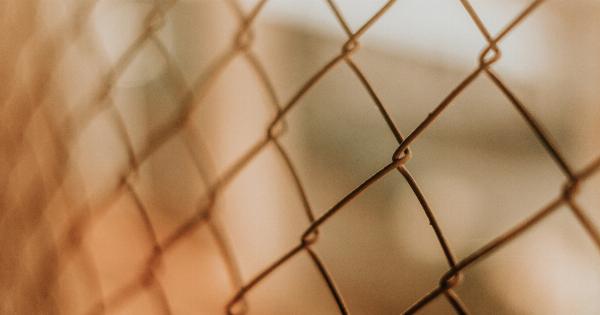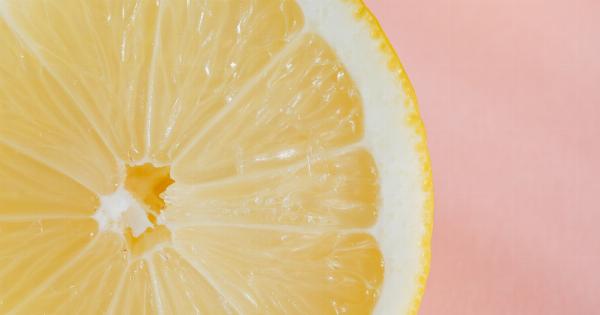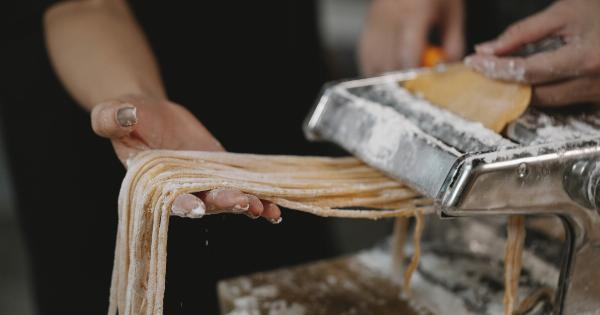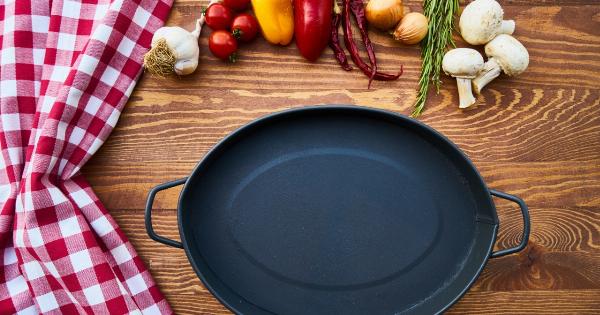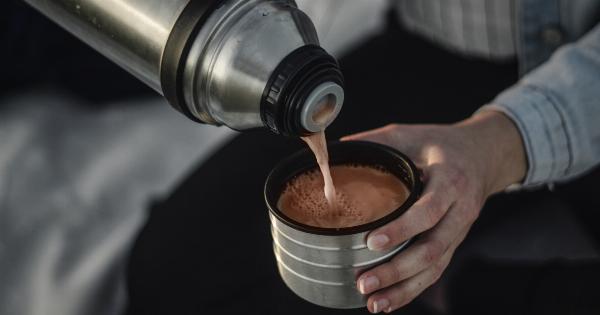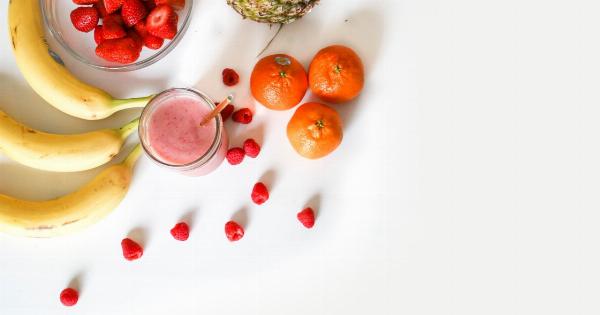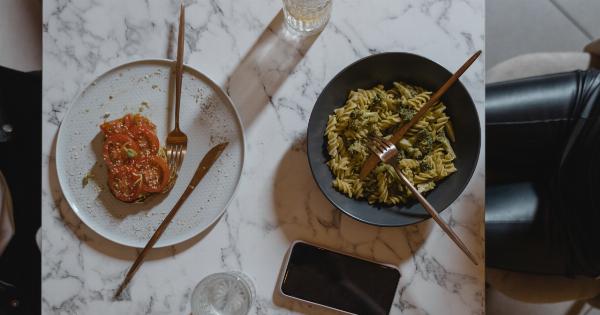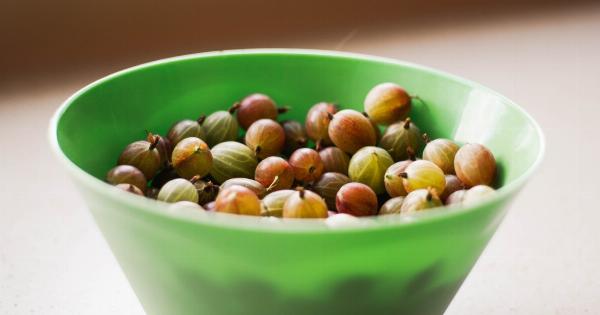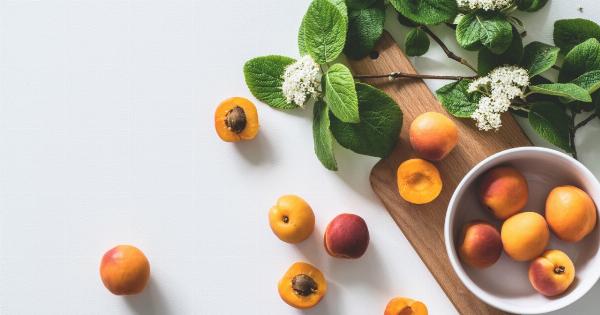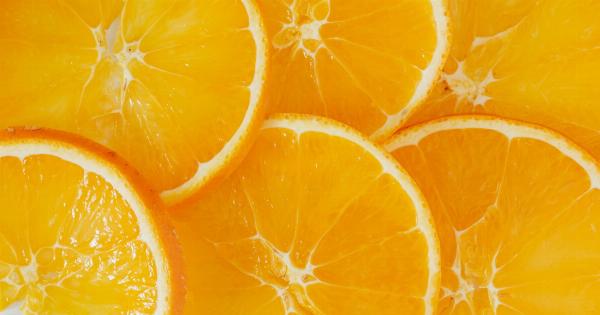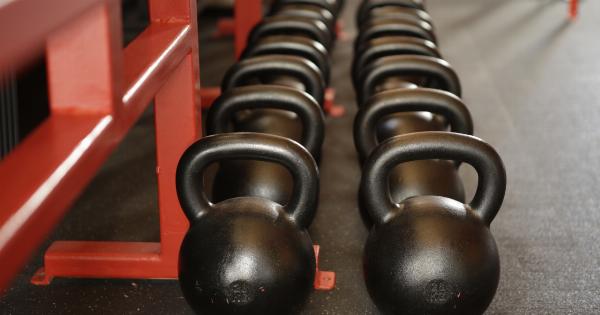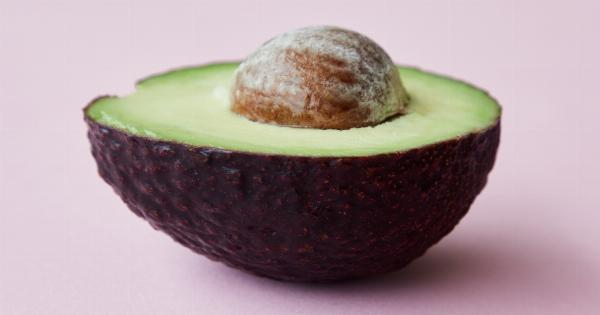Iron is an essential mineral that plays a crucial role in the body. It is responsible for carrying oxygen to all parts of the body and helps in the production of red blood cells.
Iron deficiency can lead to fatigue, weakness, and impaired cognitive function. Therefore, it is important to ensure that you are getting enough iron in your diet. In this ultimate guide, we will explore various tips and strategies to increase your iron intake.
Why is Iron Important?
Iron is an essential nutrient for the body. It is a key component of hemoglobin, a protein in red blood cells that carries oxygen from the lungs to all parts of the body.
Iron is also important for brain development, immune function, and the production of energy. When the body does not have enough iron, it cannot produce enough healthy red blood cells, resulting in iron deficiency anemia.
Understanding Iron Absorption
Before we delve into ways to increase your iron intake, it is important to understand how iron is absorbed by the body. There are two types of dietary iron: heme iron and non-heme iron.
Heme iron, which is found in animal products, is more easily absorbed by the body compared to non-heme iron, which is found in plant-based foods. However, by combining non-heme iron-rich foods with sources of Vitamin C, absorption can be significantly enhanced.
10 Tips to Increase Your Iron Intake
1. Include Iron-Rich Foods in Your Diet.
One of the simplest ways to increase your iron intake is to include more iron-rich foods in your diet. Some excellent sources of heme iron include lean red meat, poultry, and seafood.
Non-heme iron can be found in foods like beans, lentils, tofu, spinach, and fortified cereals.
2. Pair Iron-Rich Foods with Vitamin C.
Vitamin C helps enhance the absorption of non-heme iron. Therefore, it is beneficial to pair iron-rich foods with sources of Vitamin C. Citrus fruits, bell peppers, strawberries, and tomatoes are all rich in Vitamin C.
For example, you can enjoy a spinach salad with sliced strawberries or have a glass of orange juice with your iron-fortified cereal to boost iron absorption.
3. Cook with Cast Iron Cookware.
Cooking with cast iron cookware can increase the iron content of your meals. When you cook acidic foods like tomatoes or beans in cast iron, a small amount of iron is leached into the food.
This can be a great way to boost your iron intake, especially if you cook meals frequently using cast iron pans.
4. Avoid Iron Blockers.
Some substances can inhibit the absorption of iron. These include tannins found in tea and coffee, as well as phytates found in whole grains and legumes.
While it is not necessary to completely avoid these foods, it is advisable to consume them separately from iron-rich foods to maximize absorption.
5. Consume Fermented Foods.
Fermented foods like yogurt, sauerkraut, and kimchi can help improve iron absorption. The fermentation process increases the bioavailability of iron, making it easier for the body to absorb.
Including fermented foods in your diet can be a tasty way to boost your iron levels.
6. Cook in a Cast Iron Skillet.
Using a cast iron skillet to cook your meals can also increase the iron content. The small amount of iron that leaches into the food while cooking can add up over time. It is a simple and effective way to boost your iron intake.
7. Opt for Fortified Foods.
Fortified foods are products that have essential nutrients added to them. Many breakfast cereals, bread, and plant-based milk alternatives are fortified with iron.
Checking the nutrition labels can help you choose products that are higher in iron content.
8. Consider Iron Supplements.
If you are unable to meet your iron needs through your diet alone, iron supplements can be an option.
However, it is important to consult with a healthcare professional before starting any supplements, as they can have side effects and interact with certain medications.
9. Be Mindful of Calcium Intake.
Calcium-rich foods like dairy products can inhibit the absorption of iron. When consuming iron-rich foods, it is advisable to separate them from calcium-rich foods by a few hours to optimize iron absorption.
10. Get Regular Iron Checks.
If you suspect you may have low iron levels, it is important to get regular iron checks from your healthcare provider.
Iron deficiency anemia can have various symptoms and getting tested can help determine if you need to focus on increasing your iron intake or explore other treatment options.
In Summary
Ensuring adequate iron intake is essential for overall health and well-being.
By incorporating iron-rich foods into your diet, pairing them with sources of Vitamin C, and making small changes like cooking with cast iron cookware, you can boost your iron levels and prevent iron deficiency anemia. Remember to consult with a healthcare professional before starting any supplements or making significant dietary changes.


